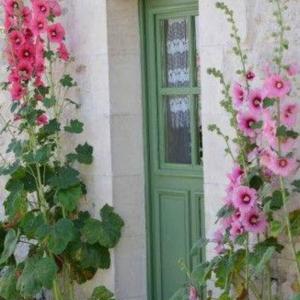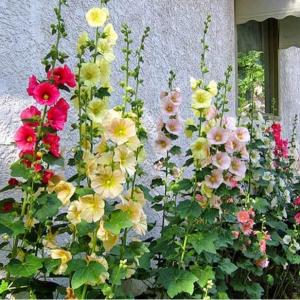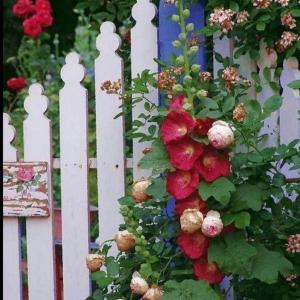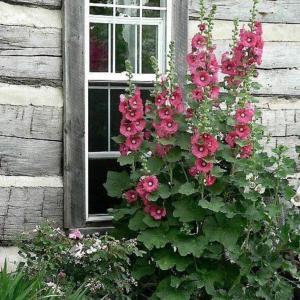文章
Hande Salcan
2017年02月18日


All too often, soil composition is neglected. Every season, our plants and gardens rob the #soil of it nutrients. All gardeners are to be custodians of the soil, taking the time to replace food and other elements as they are used. Since our soil is so important, we need to treat it, as we want to be treated, not like dirt.
Soil is a composition of weather-beaten rock, minerals, decayed plant materials and other organic ingredients. All this takes a long time to develop, but can be damaged by our action or neglect in a single season.
For soil to be healthy, it should contain a balanced mix of air, water, nutrients, and organic matter. There are a couple things we can do to protect this mixture.
Adding organic matter on a regular basis is probably one of the most important things we can do. Adding compost and animal manure can do many things, for instance:
Increases the soil’s capability to hold nutrients.
Makes food available to plants over a longer period of time.
Lessens the amount of nutrients lost by erosion or leaching.
Provides micronutrients that are needed by plants in small amounts.
Releases nutrients already in the soil by increasing the action of beneficial microorganisms.
Increases the water-holding capacity for sandy soils.
Increases the drainage of clay soils.
Saves money.

Do not apply fertilizer to #lawns until we get a good soaking rain, and for best, safest, long-lasting results use organic fertilizers. The wet soil puts the nutrients into a solution and helps distribute the nutrients to the plant roots to be absorbed.
The ability of soil to drain water is important. However, when you read phrases like “plant in a well-drained soil” or “does not like wet feet”, they are talking about the plant’s need for air. The roots of plants require oxygen and any soil that is waterlogged will be lacking oxygen.
Many plants will put up with high moisture-conditions during the growing season, but when the plants are dormant, the same conditions may kill them. By improving the drainage, the plant will have a better growing environment.
Another problem is soil becoming compacted by tractors and other equipment or just by tilling it year after year. You will find soil compaction in most soils, from gardens to farm fields.
Tilling the soil when it is too wet will clump and ruin the composition of the soil. This condition takes a long period of time to bring it back to health. To tell if the soil is too wet take a handful and squeeze it, if it crumbles in your hand then it is ready to till but if it clumps then it is too wet. Some people now believe that tilling at all is not good for the structure of the soil. It exposes the helpful microorganisms to the environment and they are destroyed.

However, gardeners may wonder if it is best to till the garden in the fall or spring. Tilling the soil in the fall has advantages over springtime. When spring arrives, it allows for earlier planting since the basic soil preparation is done. Tilling in the fall allows a large amount of organic matter to be turned into the soil and start decomposing because the microbes are active currently.
An excellent source of organic matter is the fall leaves. Try tilling a thick layer of leaves into the soil this fall and by spring, it will have decomposed.
Sowing a cover crop, like winter rye, is very beneficial by adding valuable nutrients and organic matter when tilled into the soil the following spring. Fall tilling will disrupt the bad insects, diseases, and weeds, reducing their population.
Fall is a good time to test your soil and should be done every couple of years. In conclusion, doing all the previous steps should be done the organic gardening way. It is back to basics when it comes to gardening.
1
0
文章
Hande Salcan
2017年02月16日

Once July and August roll around in the garden, it’s really common for the “bloom to come off the rose” so to speak. In other words, our gardens can get a little bedraggled, and our gardening inspiration can get a little tired… Here are some great tips for your tired summer garden to freshen the look, and brighten your gardening spirit as well!

It’s Time for a New Do
Midsummer many plants have already bloomed, and tend to get a little lanky with the hot days. Almost every flower and herb can use a good haircut right about now. Spring and early summer bloomers can be cut back to one third their height. Fall bloomer, just cut a couple inches off the tops to help them grow more compactly and set more buds for fall blooming. If your plants are in bloom right now, take a pair of clippers and trim off the dead and dying blooms. This is called “deadheading” and will force the plant into setting more flowers, not setting seed. Give your plants a good deep watering with a liquid fertilizer and wait for more blooms and refreshes foliage in a couple of weeks!
Green it Up!
Lawns need another dose of fertilizer in July. Pick a cool evening and consider using an organic fertilizer. They build the soil and create a healthier lawn long term. Not to mention, they are better for the environment and not harmful to kids and pets.

Go Surfing
Online that is. You need an inspirational project to remind you of the connection you have with the living things in your garden. Pinterest is the place to find great ideas. Even if you never get one of the projects done, the time spent looking at photos of beautiful outdoor spaces will help you feel inspired to spend more time in yours.
Beat the Heat
If it’s too hot outside to be in the garden like you were in the spring, don’t use that as an excuse. Schedule time for yourself to have breakfast or tea in the garden earlier in the day, or build a fire pit and plant fragrant containers to enjoy it at night.
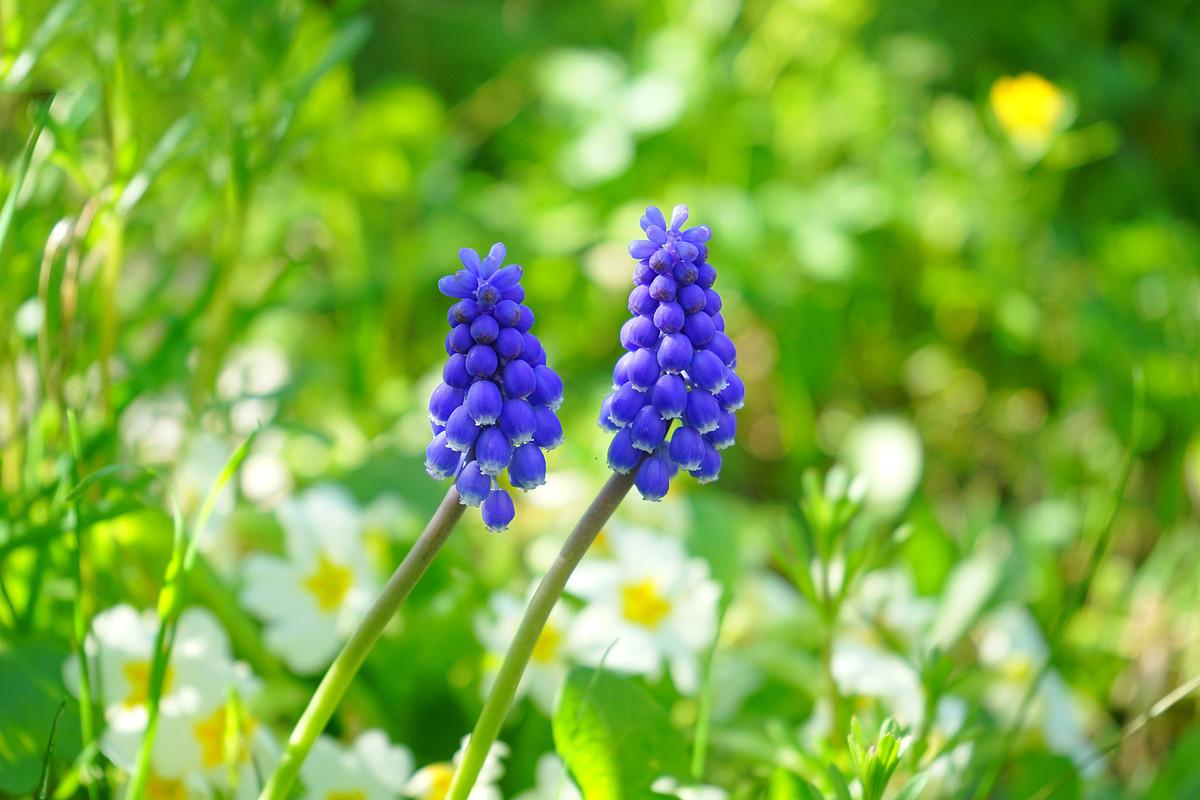
Color your World
Many flowering perennial plants are in a down cycle in midsummer, so pick up some inexpensive blooming annuals and pot them up for a quick and bright pop in focal areas of your garden. Check out your local nursery for what works best in your area, but Verbena is one of my favs… takes the heat and blooms like crazy! If you have planters with spring blooming pansies that have seen better days, switch them out for new annuals better equipped to take the heat.
So don’t let the midsummer gardening blues hit you or your garden. Use these tips to revitalize your summer garden and keep you inspired. Fall is right around the corner, and what a beautiful time in the outdoors!

It’s Time for a New Do
Midsummer many plants have already bloomed, and tend to get a little lanky with the hot days. Almost every flower and herb can use a good haircut right about now. Spring and early summer bloomers can be cut back to one third their height. Fall bloomer, just cut a couple inches off the tops to help them grow more compactly and set more buds for fall blooming. If your plants are in bloom right now, take a pair of clippers and trim off the dead and dying blooms. This is called “deadheading” and will force the plant into setting more flowers, not setting seed. Give your plants a good deep watering with a liquid fertilizer and wait for more blooms and refreshes foliage in a couple of weeks!
Green it Up!
Lawns need another dose of fertilizer in July. Pick a cool evening and consider using an organic fertilizer. They build the soil and create a healthier lawn long term. Not to mention, they are better for the environment and not harmful to kids and pets.

Go Surfing
Online that is. You need an inspirational project to remind you of the connection you have with the living things in your garden. Pinterest is the place to find great ideas. Even if you never get one of the projects done, the time spent looking at photos of beautiful outdoor spaces will help you feel inspired to spend more time in yours.
Beat the Heat
If it’s too hot outside to be in the garden like you were in the spring, don’t use that as an excuse. Schedule time for yourself to have breakfast or tea in the garden earlier in the day, or build a fire pit and plant fragrant containers to enjoy it at night.

Color your World
Many flowering perennial plants are in a down cycle in midsummer, so pick up some inexpensive blooming annuals and pot them up for a quick and bright pop in focal areas of your garden. Check out your local nursery for what works best in your area, but Verbena is one of my favs… takes the heat and blooms like crazy! If you have planters with spring blooming pansies that have seen better days, switch them out for new annuals better equipped to take the heat.
So don’t let the midsummer gardening blues hit you or your garden. Use these tips to revitalize your summer garden and keep you inspired. Fall is right around the corner, and what a beautiful time in the outdoors!
1
0



